Join Earth and Environmental Sciences Division
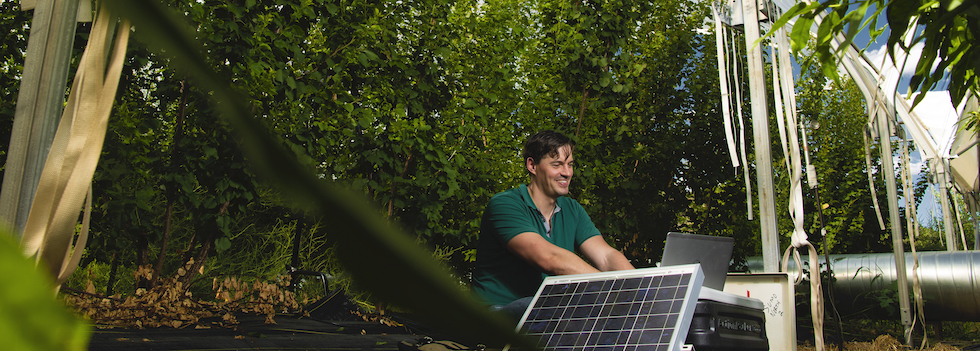
We are seeking scientists and engineers to solve the nation’s Earth and environmental sciences, energy development, and global security challenges.
Earth and Environmental Sciences Division researchers study carbon-neutral energy; detection of nuclear threats; and ecological, hydrological, climate, and atmospheric impacts. Fundamental discovery science and mission-focused applications unravel poorly understood processes and support decisions of national importance. We combine state-of-the-art field and laboratory measurement capabilities with modeling and analysis to:
- Provide advanced seismic imaging
- Develop and apply artificial intelligence and machine learning methods and analytics
- Reveal climate change drivers and ecosystem impacts
- Predict wildland and urban fires
- Characterize and model subsurface fluid flow and geochemistry
- Improve geothermal and oil/gas energy production
- Investigate and design geological storage of carbon dioxide and spent fuel
- Model, detect, and predict underground explosion signatures
- Understand nuclear and rare materials
- Evaluate materials using nonlinear acoustic techniques
Who We Are
The Earth and Environmental Sciences Division is the intellectual home of Earth, atmosphere, hydrology, and ecology disciplines at the Laboratory. Our three groups:
- Earth System Observations — Investigates Earth, hydrologic, and atmospheric sciences to better understand and predict climate impacts on ecosystems and study subsurface geological materials and their interactions.
- Computational Earth Science — Develops and applies high-performance computational methods and software tools. Subsurface modeling and analysis.
- Geophysics — Performs seismology, infrasound, ground-shock modeling, and acoustics research to address critical challenges in energy security, threat detection/reduction, earthquake prediction, and subsurface imaging.
Unique Cross-disciplinary Collaboration

"I love how dynamic my work is; there is always something to learn and discover. I love the sense of comradery in EES and unique opportunity to collaborate across many disciplines on impactful research. The radionuclide geochemistry team provided me with student positions that enabled me to fast-track to a PhD in geochemistry. Just as the community, cradled on mesas in the forested mountains rather than a barren desert as expected, surprised me, so did the scale and diversity of Lab that not only supports defense but also impactful research in medicine, space science, and clean energy, to name a few."
Haylea Nisbet, Graduate Research Assistant
What We Do
Multidisciplinary integration strengthens the Earth and Environmental Sciences Division’s multifaceted research and development. We collaborate internationally in government, academia, and industry. Our breakthrough experiments and inventions advance the state of science—as well as state of the art—all to bolster national security.
Earth Science Experts Protecting the Nation
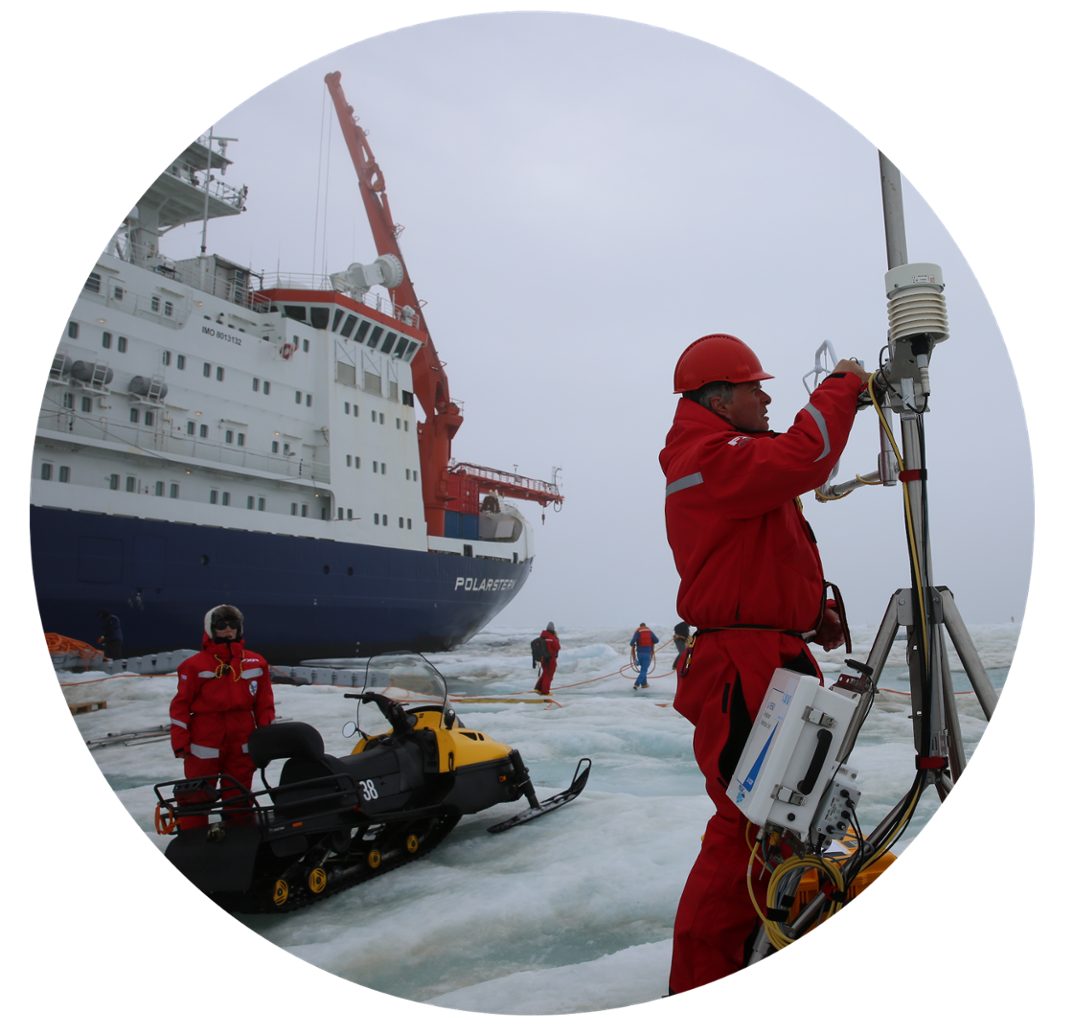
"I’m a physicist with a PhD from Finland and Harvard biology training, with a focus on plant physiology. Finding positions that embrace interdisciplinary science across such different fields was hard. I chose Los Alamos because I wanted to be in an institute that supported using physics methods for studying environmental and biological systems. I lead projects that study plant responses to environmental stress and develop ways to improve plant drought tolerance. I love the exceptional breath of opportunities for collaboration across disciplines, and I get to work in the field, in greenhouses, and laboratories—even with accelerators."
Sanna Sevanto, Team Leader
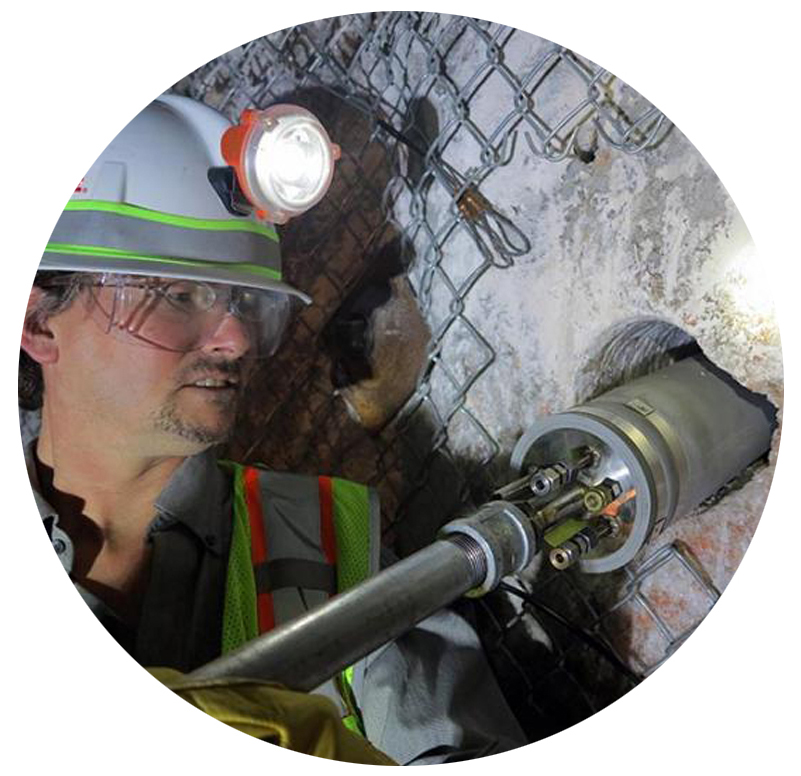
"I joined the Lab in 1991 and love working in EES! I am a leader for several projects, including nuclear waste, nonproliferation, and carbon sequestration. With modeling, I design experiments that reveal how chemicals move in the earth. I love the cross-cutting nature of LANL projects—diverse skills brought together to answer questions of national interest. There are folks from many backgrounds who work and, importantly, play together! The Lab's work/life balance is really special; it strongly encourages employees to live a full life. I love living in the Jemez Mountains, surrounded by trails, ancient native ruins, and wildlife."
Phil Stauffer, Senior Scientist
Where We Live
The Land of Enchantment offers deserts, forests, and a rich, diverse culture. The historic community of Los Alamos, a few miles from vibrant Santa Fe and nestled in the mountains, attracts people from all over the world and is touted as one of the country’s highest concentration of PhDs. U.S. News ranked Los Alamos “America’s Healthiest Community.” The town nurtures top-notch education in a safe community, and the Lab values work-life balance.
Big Science in a Small Town
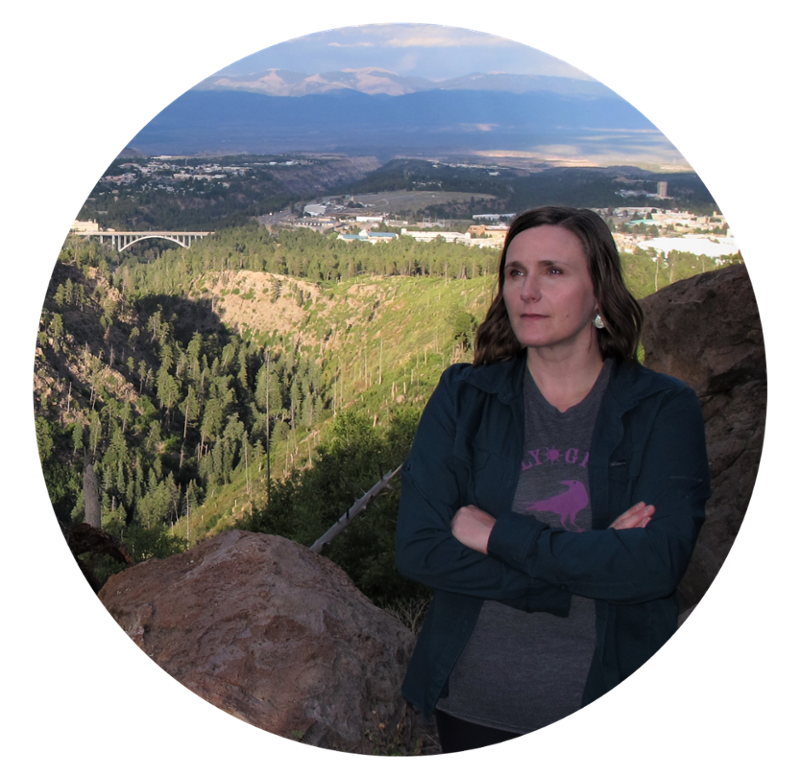
"Originally from Canada, I joined the Lab as a postdoc. I am a hydrologist and lead a team studying the Arctic, watersheds, and applying machine learning to climate questions. The research and knowledge depth and breadth at Los Alamos is exciting—your career can evolve in exciting and unexpected ways. The community here is full of people like me who love to work hard, but equally enjoy playing hard. I often commute on my bike—we are surrounded by trails—yet it’s fun to head to nearby Santa Fe for world-class dinners or opera."
Katrina Bennett, Scientist
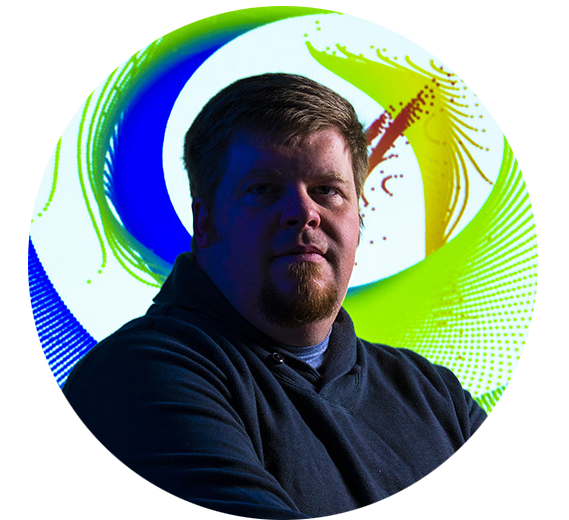
"I started at the Lab as a postdoc and now as a staff scientist supporting national security acoustics and geophysics research. I enjoy a lot of things about working at LANL, and the flexible work schedule and family-focused benefits are wonderful. My wife and I enjoy many of the small-town aspects of Los Alamos. She’s a teacher and really likes the school district. My technical colleagues are some of the smartest people in the world and EES management is incredibly helpful and understanding."
Phil Blom, Scientist










